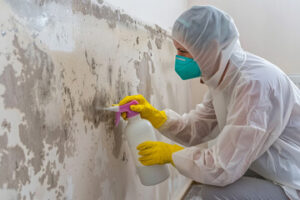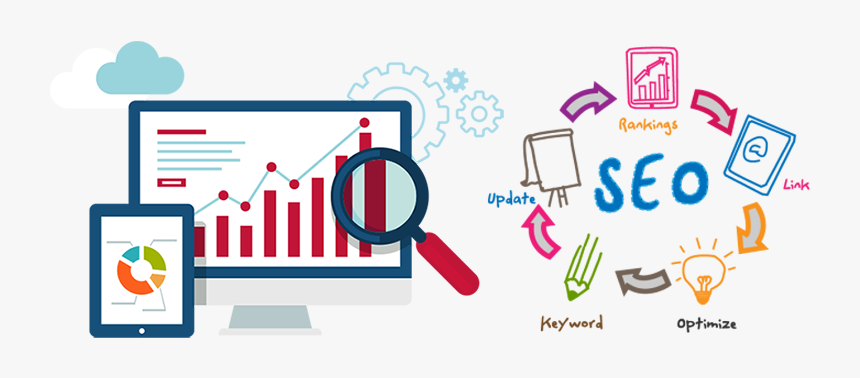Oceanside Plumbing is the system of pipes, fixtures and fittings that bring fresh water into a building and carry wastewater out. It is usually distinguished from sewage systems which are responsible for carrying human wastes.

A well-functioning plumbing system is essential for any building. Regular inspection and maintenance can help prevent leaks and other problems.
Many people take plumbing for granted, but this vital part of the home has a long and varied history. It has transformed human lives by enabling people to access clean, fresh water for drinking and cooking and by safely draining away waste, which can carry dangerous organisms that cause disease.
The earliest plumbing systems were developed by ancient civilizations, with evidence found in archaeological sites worldwide. These primitive systems were basic—they included simple tubes to bring fresh water and channels to drain wastewater. Despite their simplicity, they allowed people to settle in cities and cultivate crops without relying on distant water sources.
As empires expanded, plumbing systems grew more complex and widespread. Aqueducts were constructed to transport fresh water to urban areas, and grated drains were used to collect and direct waste away from residences. After the fall of these empires, however, these systems declined in use. Significant advancements resumed during the Industrial Revolution, as increasing urban populations and a greater need for water for washing and bathing put pressure on existing plumbing infrastructure. This led to new tools and technologies being developed to keep up with demand.
Some cities were pioneers in using cast iron pipes, and certain hotels became known for their indoor plumbing facilities. The first comprehensive sewer systems emerged, effectively tackling issues of sewage and public health hazards. With the discovery of bacteria and its connection to disease, communities were better equipped to create sanitation systems that significantly improved public health.
Functions
The plumbing system is responsible for delivering fresh, clean water into homes and businesses and removing waste in a safe manner. It consists of pipes, fixtures, and appliances like sinks, toilets, showers, and water heaters. Plumbers use their knowledge of blueprints and building codes to plan and execute plumbing installations. They also troubleshoot and repair existing systems. In addition to ensuring the safety of occupants, they are also responsible for maintaining a safe and sustainable environment.
The function of plumbing is complex and diverse, but it primarily involves the delivery of safe drinking water and removal of sewage and wastewater. Plumbers install, maintain, and repair these vital systems in residential and commercial buildings. They may also work on larger-scale systems that serve entire communities or cities.
Residential plumbing focuses on supplying homes with clean water for cooking, cleaning, and drinking. It includes a network of pipes that deliver water from a public or private source into homes and businesses, as well as appliances like sinks, faucets, toilets, and showers. It also includes drainage pipes and vents to ensure proper flow and prevent odors.
Plumbing in commercial and industrial buildings is more complex than in residences. It often involves large-scale water supply lines, drains, and fire sprinkler systems. These systems must be integrated with mechanical and electrical systems, and they must meet stringent health and safety regulations.
Plumbers in industrial and commercial settings may also work on specialized systems such as food processing plants, power generation facilities, and fuel storage tanks. These systems require a higher level of expertise than standard plumbing because they operate at greater volumes and involve more complicated machinery. Plumbing engineers design these systems to maximize efficiency and minimize risk. They may also be responsible for coordinating with other engineering disciplines to ensure that all components of the plumbing system work together seamlessly.
Materials
Choosing the right plumbing materials is crucial to ensure that your plumbing system will work well and last a long time. Different materials have different strengths and weaknesses, and some are better suited for specific tasks than others. Knowing about the most common plumbing materials, including copper, PVC, CPVC, and PEX, can help you determine which is best for your home or commercial building.
One of the most common materials used in plumbing is copper, which is strong and durable. It is also resistant to corrosion and can withstand temperature changes. However, copper pipes are expensive and require special tools to install. PVC is a cheaper alternative to copper and can be installed quickly. It is also easy to work with, especially if you use the right tools.
Chlorinated polyvinyl chloride (CPVC) is similar to PVC, but it can withstand higher temperatures. It is also resistant to chemical reactions and corrosion, making it a good choice for hot and cold water plumbing in residential buildings. Another advantage of CPVC is that it is less susceptible to thermal contraction and expansion, which can cause cracks in other plumbing materials.
Other popular plumbing materials include polyethylene and galvanized steel. Unlike copper, polyethylene is flexible and can be used in long runs. It is also safe for drinking water and doesn’t leach traces of chemicals into the water. Galvanized steel is also sturdy and affordable, but it rusts easily, so it needs to be coated with protective coatings.
There are also other specialty plumbing materials, such as silicone and EPDM. Silicone is soft enough to stretch and manipulate into tight spaces, but it’s also durable and resistant to temperature fluctuations. EPDM is a synthetic rubber that’s also used in plumbing applications. It’s often used in drains and water removal systems, as it’s able to withstand both high and low pressures.
Installation
Plumbing is the network of pipes and fixtures that deliver fresh water and remove wastewater in homes and businesses. It’s an essential service that allows people to bathe, cook, wash clothes and dishes, and clean themselves without getting contaminated by waterborne bacteria. Plumbing also ensures that waste is disposed of properly so it doesn’t pollute the environment or clog drains and sewer lines.
A home’s plumbing system consists of water supply lines, drain lines, venting systems and fixtures. Water supply lines connect the house to the city water main, which in turn provides drinking water through taps and showers. The water supply lines run underground to prevent freezing, and they carry hot and cold water to appliances like sinks, toilets, dishwashers and washing machines.
The drain line runs from each fixture to the house’s sewer or septic system, which then takes the waste away. This is important because it prevents backflow, which can damage the plumbing and create health risks for people living in the building. The venting system keeps sewer gases from seeping into the living spaces, and it consists of pipes that connect to the drain lines and extend outside the home.
New construction plumbing involves setting the sewer accommodation stubs that lead to the house’s sewer line and connect it to the municipal system or private septic tank. This is done before the concrete foundation is poured, and it’s part of what’s known as the rough-in plumbing phase. The plumber then installs the rest of the plumbing, including drain lines, vents and fixtures. When it comes to home remodeling or adding a bathroom, the plumber works with electrical and gas contractors to ensure the new work is integrated with the existing system.
Maintenance
Plumbing is a vital service that contributes to the comfort and safety of households and businesses. It consists of a network of pipes and fixtures that transport water, gas, and waste. Plumbers install and repair these systems, often using specialised tools. They also inspect pipes and other components to ensure they are functioning properly. Plumbers may also work on larger-scale plumbing systems in commercial and industrial buildings.
Some of the most important functions of plumbing involve distributing potable water and removing sewage waste. This includes installing, repairing, and maintaining appliances like sinks, showers, toilets, and water heaters. It is also crucial to maintain proper drainage systems to prevent overflow and flooding. Plumbers can also assist with heating and cooling systems, installing and repairing air conditioning ducts and vents.
While some of these tasks can be performed by homeowners, it is generally best to leave large-scale plumbing projects to professionals. A licensed plumber can ensure that all work is done according to local plumbing codes and regulations, and can minimize the risk of leaks, clogs, and other problems.
To become a plumber, a high school diploma is typically the minimum educational requirement. However, many people choose to attend technical or trade schools to learn the skills necessary for the job. These programs can provide a comprehensive overview of the industry, including topics like blueprint reading, plumbing codes, and the basics of construction and engineering.
Plumbing is an integral part of any home or business. It carries clean, fresh water to appliances like sinks and toilets, and removes sewage waste in a safe and hygienic manner. It is important to maintain these systems to avoid costly repairs and maintenance issues. Regular inspections, implementing prevention measures such as drain cleaning and insulating pipes in cold weather, and practicing conservation methods are all great ways to keep plumbing running smoothly.

